Home>Gardening & Outdoor>Outdoor Structures>How Far Apart Should Joists Be For Composite Decking
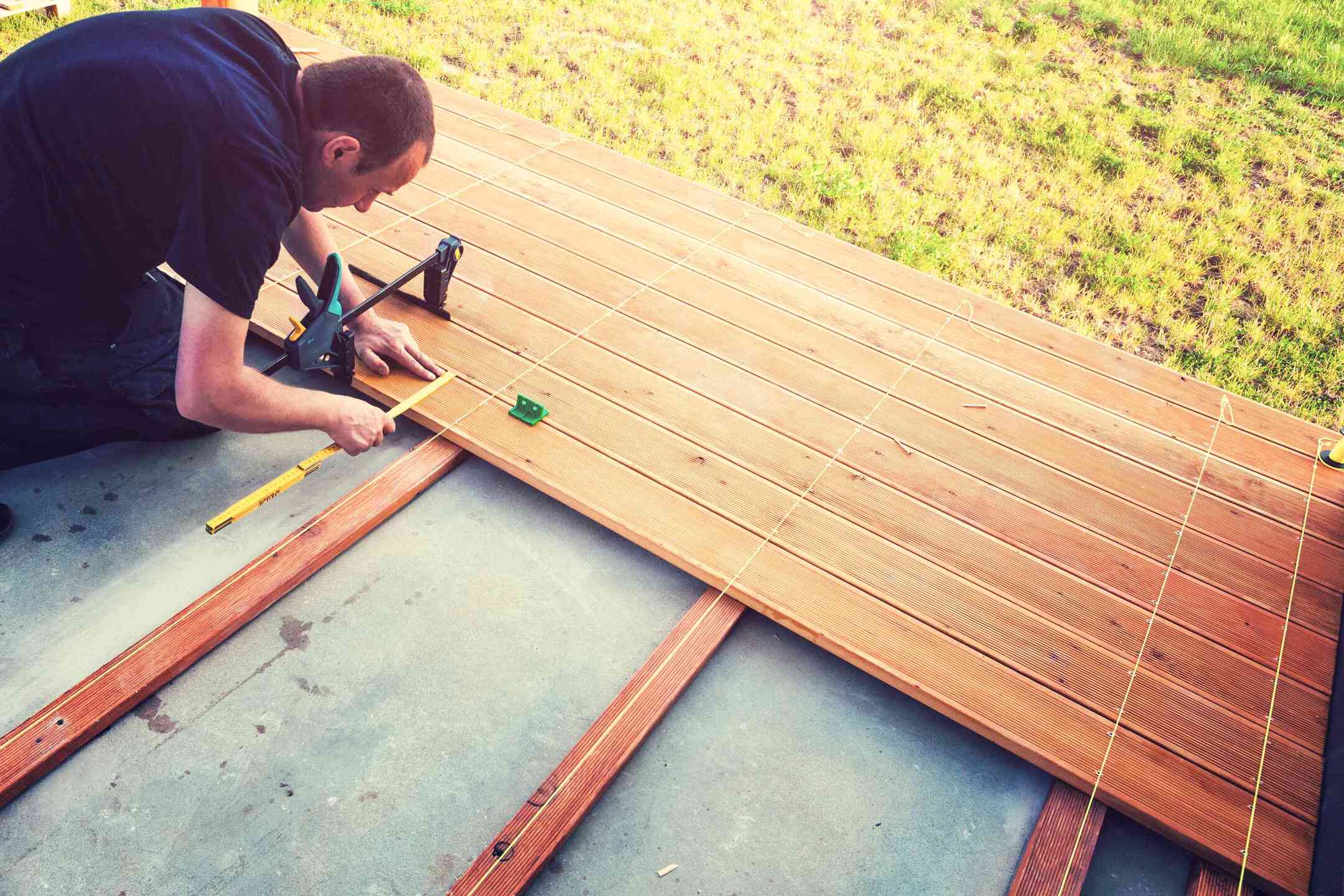

Outdoor Structures
How Far Apart Should Joists Be For Composite Decking
Modified: September 2, 2024
Discover the ideal joist spacing for composite decking in outdoor structures. Learn how to achieve optimal support and durability for your deck.
(Many of the links in this article redirect to a specific reviewed product. Your purchase of these products through affiliate links helps to generate commission for Storables.com, at no extra cost. Learn more)
Introduction
So, you've decided to enhance your outdoor living space with a beautiful composite decking. Congratulations on choosing a durable, low-maintenance, and visually appealing option for your deck! However, before you start the installation process, it's crucial to understand the significance of joist spacing for composite decking. Proper joist spacing not only ensures the structural integrity of your deck but also influences its overall performance and longevity.
In this comprehensive guide, we will delve into the essential aspects of joist spacing for composite decking, exploring manufacturer recommendations, factors affecting joist spacing, and the importance of adhering to proper spacing guidelines. By the end of this article, you'll have a clear understanding of how far apart joists should be for composite decking, empowering you to make informed decisions and achieve a stunning, long-lasting outdoor living space. Let's embark on this insightful journey into the world of composite decking and joist spacing.
Key Takeaways:
- Proper joist spacing for composite decking is crucial for structural support, preventing sagging, and enhancing durability. It also ensures warranty coverage and compliance with safety standards.
- Manufacturer recommendations and factors like decking material, load capacity, and local building codes influence the optimal joist spacing for composite decking. Adhering to these guidelines is essential for a resilient and visually appealing outdoor space.
Understanding Joist Spacing
Joist spacing is the distance between the centers of the individual joists that support the decking boards. This spacing is a critical factor in the structural integrity and performance of your composite decking. In essence, the joist spacing determines the level of support provided to the decking boards, impacting their ability to withstand heavy loads, foot traffic, and environmental stressors.
When it comes to composite decking, the recommended joist spacing is typically around 16 inches on center (16 inches apart from the center of one joist to the center of the next). However, it’s important to note that specific products and manufacturers may have varying spacing requirements based on factors such as board dimensions, load capacity, and material composition.
Understanding the optimal joist spacing for your composite decking is crucial for achieving a stable and long-lasting deck. In the next section, we will explore the recommendations provided by composite decking manufacturers, shedding light on the specific spacing guidelines for different products and materials.
Manufacturer Recommendations
Composite decking manufacturers play a pivotal role in providing clear guidelines for joist spacing, taking into account the unique characteristics of their products. It’s essential to consult the specific recommendations outlined by the manufacturer of your chosen composite decking to ensure that you adhere to the optimal joist spacing for that particular product.
Manufacturers often provide detailed instructions regarding joist spacing, including the recommended distance between joists, maximum spans, and any additional considerations for installation. These guidelines are designed to maximize the performance and longevity of the decking while maintaining structural stability.
Before embarking on the installation process, take the time to review the official documentation, installation guides, or technical specifications provided by the composite decking manufacturer. By doing so, you’ll gain valuable insights into the precise joist spacing requirements, enabling you to plan and execute the installation with precision and confidence.
Furthermore, some manufacturers offer online resources, interactive tools, or customer support services to assist with joist spacing calculations and installation queries. Leveraging these resources can provide you with personalized guidance tailored to your specific decking product, ensuring that you achieve the optimal joist spacing for your composite deck.
Ultimately, by following the manufacturer’s recommendations for joist spacing, you can harness the full potential of your composite decking, creating a resilient and visually stunning outdoor space that withstands the test of time.
Joists for composite decking should be spaced 16 inches on center for residential applications and 12 inches on center for commercial applications to ensure proper support and prevent sagging.
Factors Affecting Joist Spacing
Several factors come into play when determining the appropriate joist spacing for composite decking. Understanding these factors is crucial for tailoring the spacing to the specific requirements of your decking project, ensuring structural integrity and optimal performance.
1. Decking Material and Dimensions: The material composition and dimensions of the composite decking boards influence the recommended joist spacing. Thicker and wider boards typically require closer joist spacing to support their weight and minimize sagging or flexing over time.
2. Load Capacity and Intended Use: Consider the anticipated load capacity of the deck and its intended use. If the deck will accommodate heavy furniture, large gatherings, or frequent foot traffic, closer joist spacing may be necessary to distribute the load evenly and prevent excessive deflection.
3. Environmental Factors: Environmental conditions, such as temperature fluctuations and moisture levels, can impact the dimensional stability of the decking material. Proper joist spacing helps mitigate the effects of environmental stressors, minimizing the risk of warping, cupping, or expansion/contraction issues.
4. Local Building Codes and Regulations: Ensure compliance with local building codes and regulations, as they may stipulate specific joist spacing requirements based on factors such as climate, seismic activity, and structural standards. Adhering to these guidelines is essential for the safety and longevity of your composite deck.
5. Manufacturer Specifications: As mentioned earlier, individual composite decking manufacturers provide detailed specifications and recommendations for joist spacing based on their product designs and engineering. Always refer to the manufacturer’s guidelines to align the joist spacing with the intended application and performance expectations.
By carefully considering these factors, you can tailor the joist spacing to the unique characteristics of your composite decking, optimizing its structural support and durability. This thoughtful approach ensures that your deck not only meets the necessary structural requirements but also delivers a reliable and visually appealing outdoor space for years to come.
Importance of Proper Joist Spacing
The significance of adhering to proper joist spacing for composite decking cannot be overstated. This fundamental aspect of deck construction directly influences the structural integrity, performance, and longevity of the entire outdoor living space. Let’s explore the key reasons why proper joist spacing is essential for your composite deck:
- Structural Support: Proper joist spacing provides crucial structural support for the composite decking boards, distributing weight and minimizing deflection. This support is essential for maintaining a level and stable deck surface, especially under heavy loads and foot traffic.
- Preventing Sagging and Warping: Adequate joist spacing helps prevent the decking boards from sagging or warping over time. By evenly supporting the entire surface area of each board, proper spacing minimizes the risk of unsightly deformations and ensures a visually appealing deck.
- Enhanced Durability: Optimal joist spacing contributes to the overall durability of the composite deck, reducing the likelihood of premature wear, damage, or structural issues. A well-supported deck is better equipped to withstand environmental stressors and maintain its integrity over the long term.
- Maintaining Warranty Coverage: Many composite decking manufacturers specify required joist spacing for warranty coverage. By adhering to these spacing guidelines, you can protect your investment and preserve the warranty benefits associated with the decking product.
- Code Compliance and Safety: Proper joist spacing ensures compliance with building codes and safety standards, promoting a secure and code-compliant deck structure. This is particularly important for ensuring the safety of occupants and aligning with regulatory requirements.
Ultimately, the proper joist spacing for composite decking is integral to creating a robust, visually appealing, and long-lasting outdoor living space. By prioritizing this foundational element of deck construction, you can enjoy the full potential of your composite deck, knowing that it is engineered for enduring performance and enduring beauty.
Read more: How Far Apart Are Joists For Trex Decking
Conclusion
As you conclude this insightful journey into the realm of composite decking and joist spacing, you have gained a comprehensive understanding of the pivotal role that proper spacing plays in the construction and performance of your outdoor deck. By embracing the manufacturer’s recommendations, considering crucial factors, and recognizing the importance of optimal spacing, you are well-equipped to embark on a successful composite decking installation.
Remember, the optimal joist spacing for composite decking is not just a technical requirement; it is a foundational element that influences the structural integrity, durability, and visual appeal of your deck. By adhering to the recommended spacing guidelines and tailoring them to the specific characteristics of your decking material, you are setting the stage for a resilient and aesthetically pleasing outdoor living space.
Whether you are a seasoned DIY enthusiast or collaborating with professional contractors, the knowledge you have gained about joist spacing will empower you to make informed decisions, plan with precision, and achieve a composite deck that exceeds your expectations. By prioritizing proper joist spacing, you are investing in the long-term performance and beauty of your outdoor oasis.
As you embark on your composite decking journey, may your outdoor space become a haven of relaxation, entertainment, and natural beauty. With the right joist spacing, your composite deck will stand as a testament to quality craftsmanship, enduring strength, and timeless elegance.
Embrace the art of joist spacing, and let your composite decking project flourish into a captivating outdoor sanctuary that enriches your lifestyle and captivates the senses.
Frequently Asked Questions about How Far Apart Should Joists Be For Composite Decking
Was this page helpful?
At Storables.com, we guarantee accurate and reliable information. Our content, validated by Expert Board Contributors, is crafted following stringent Editorial Policies. We're committed to providing you with well-researched, expert-backed insights for all your informational needs.

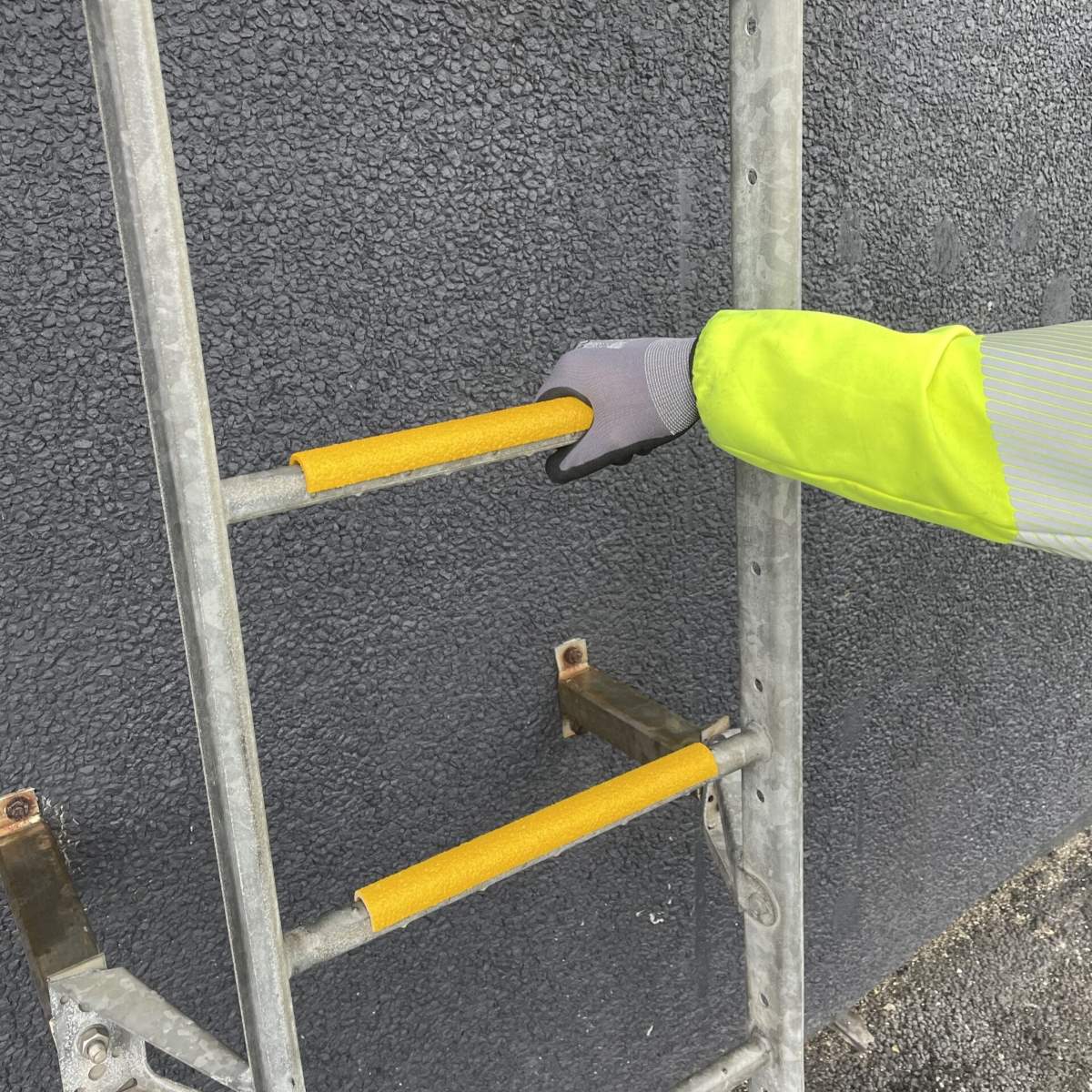
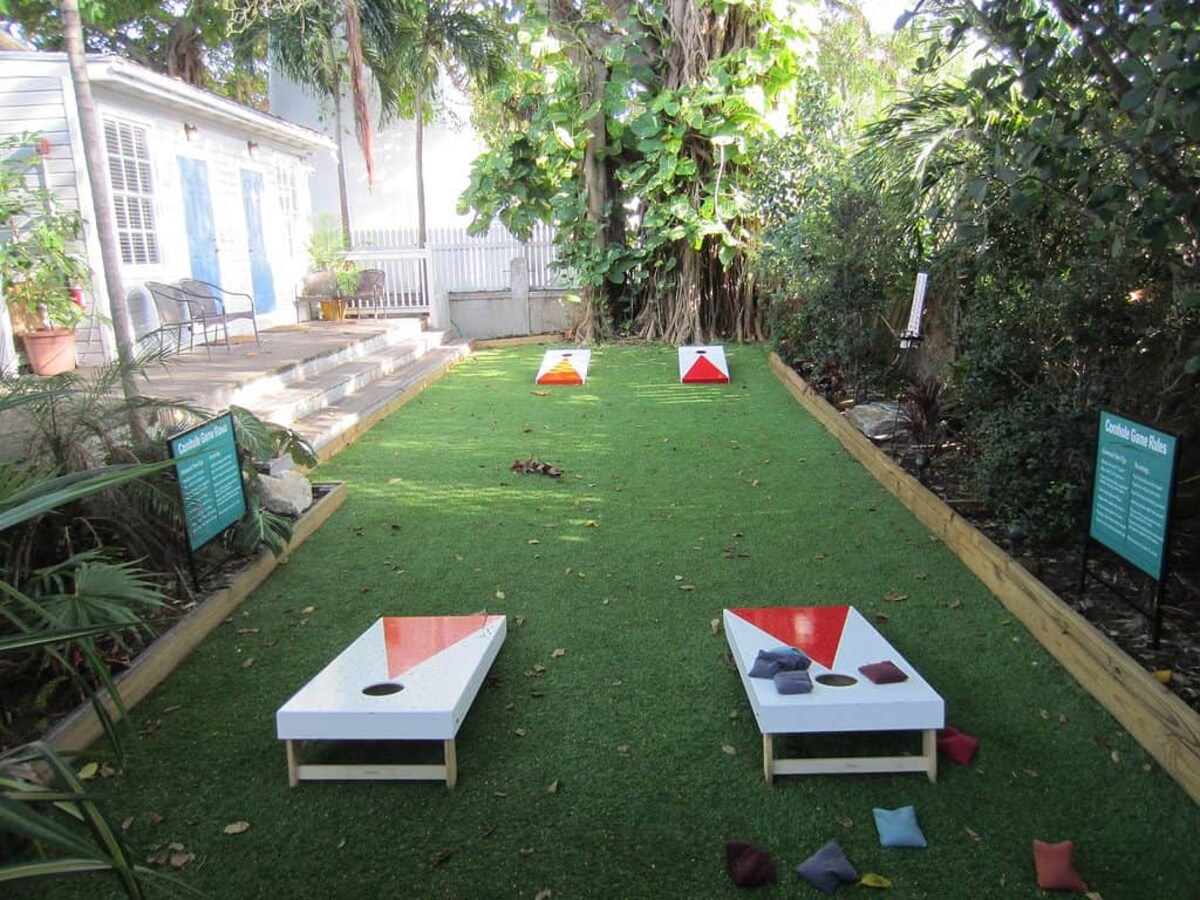

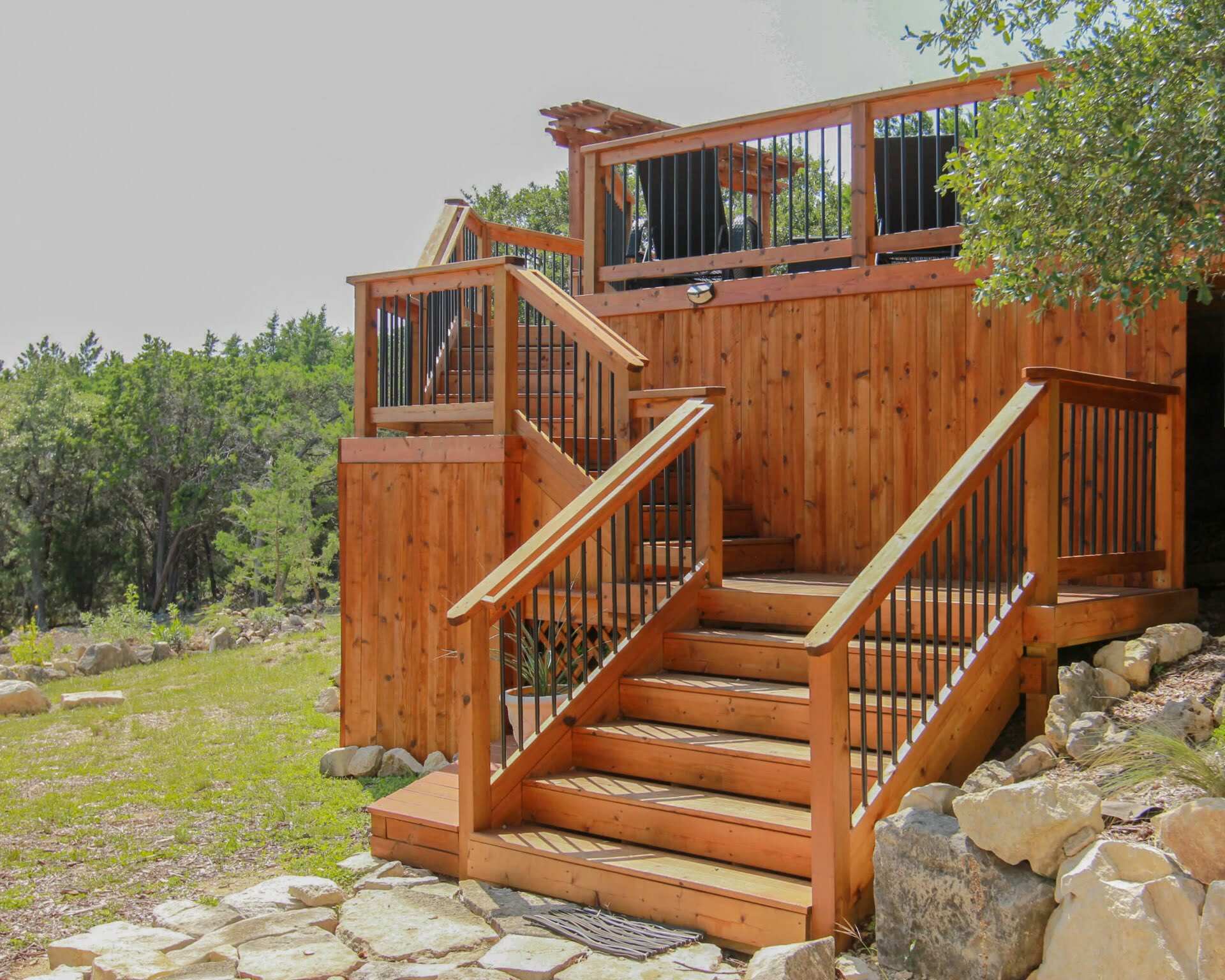
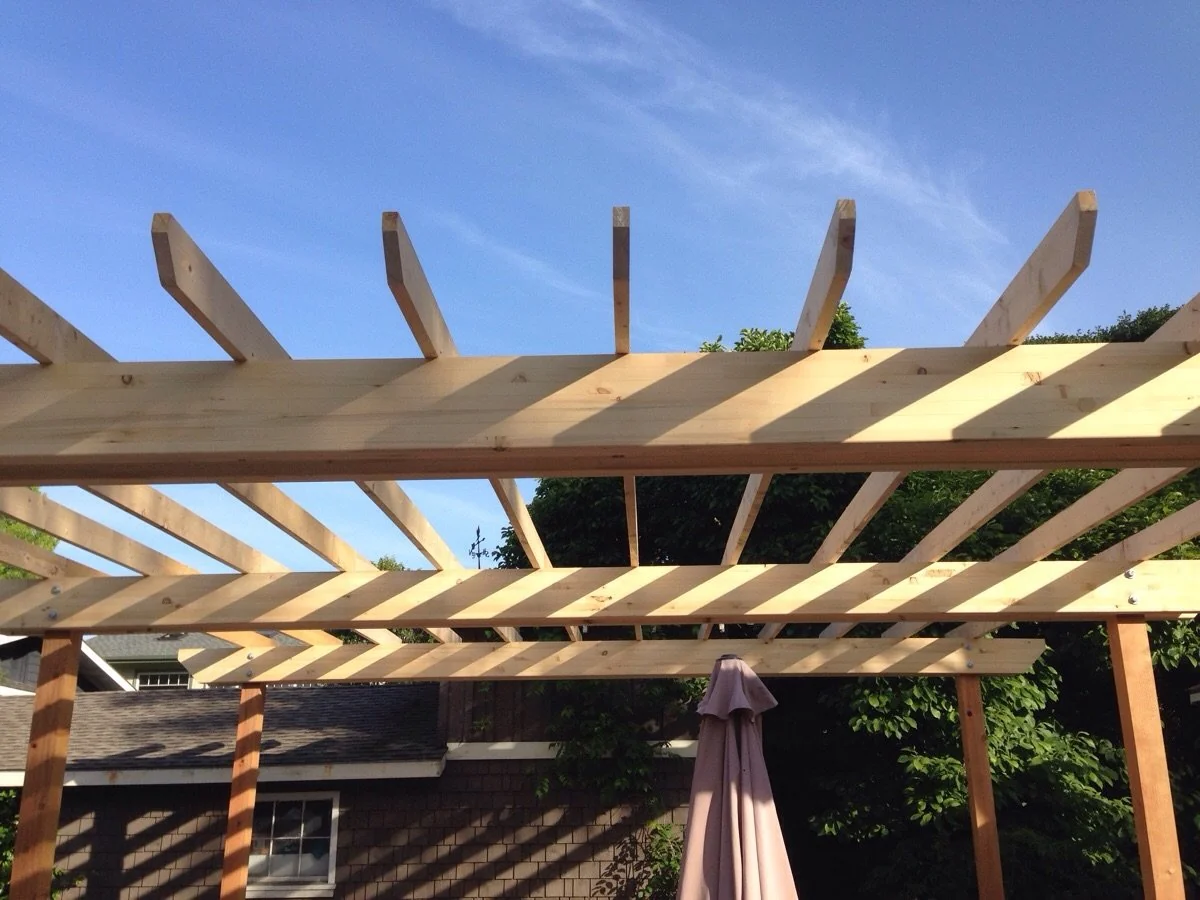


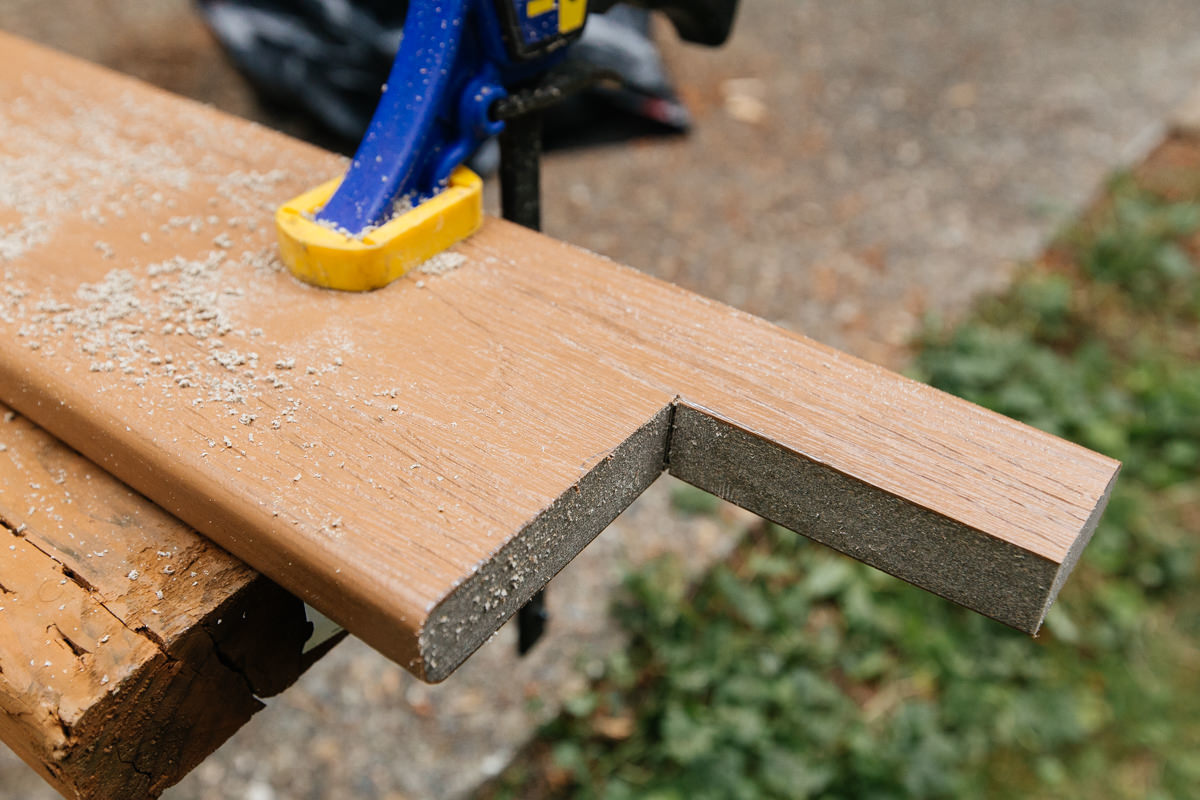
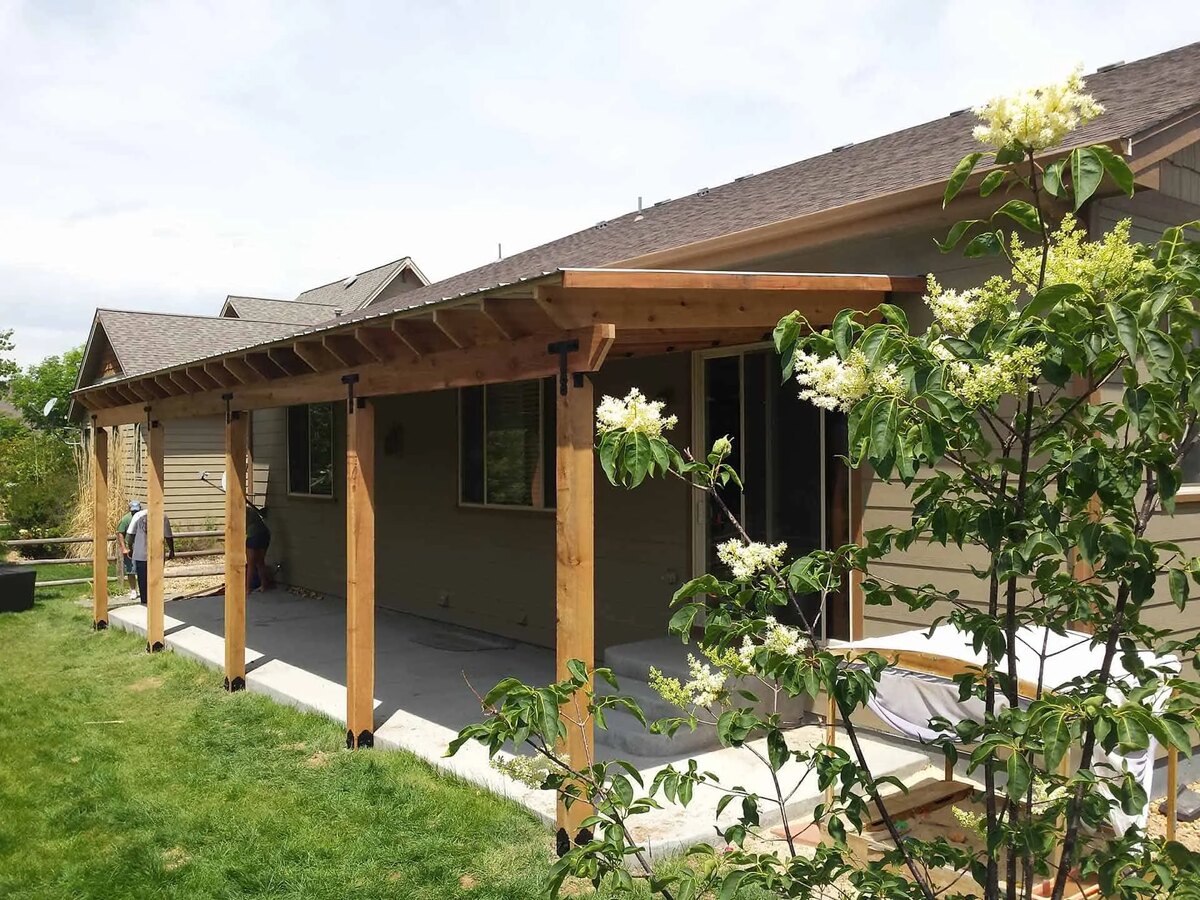
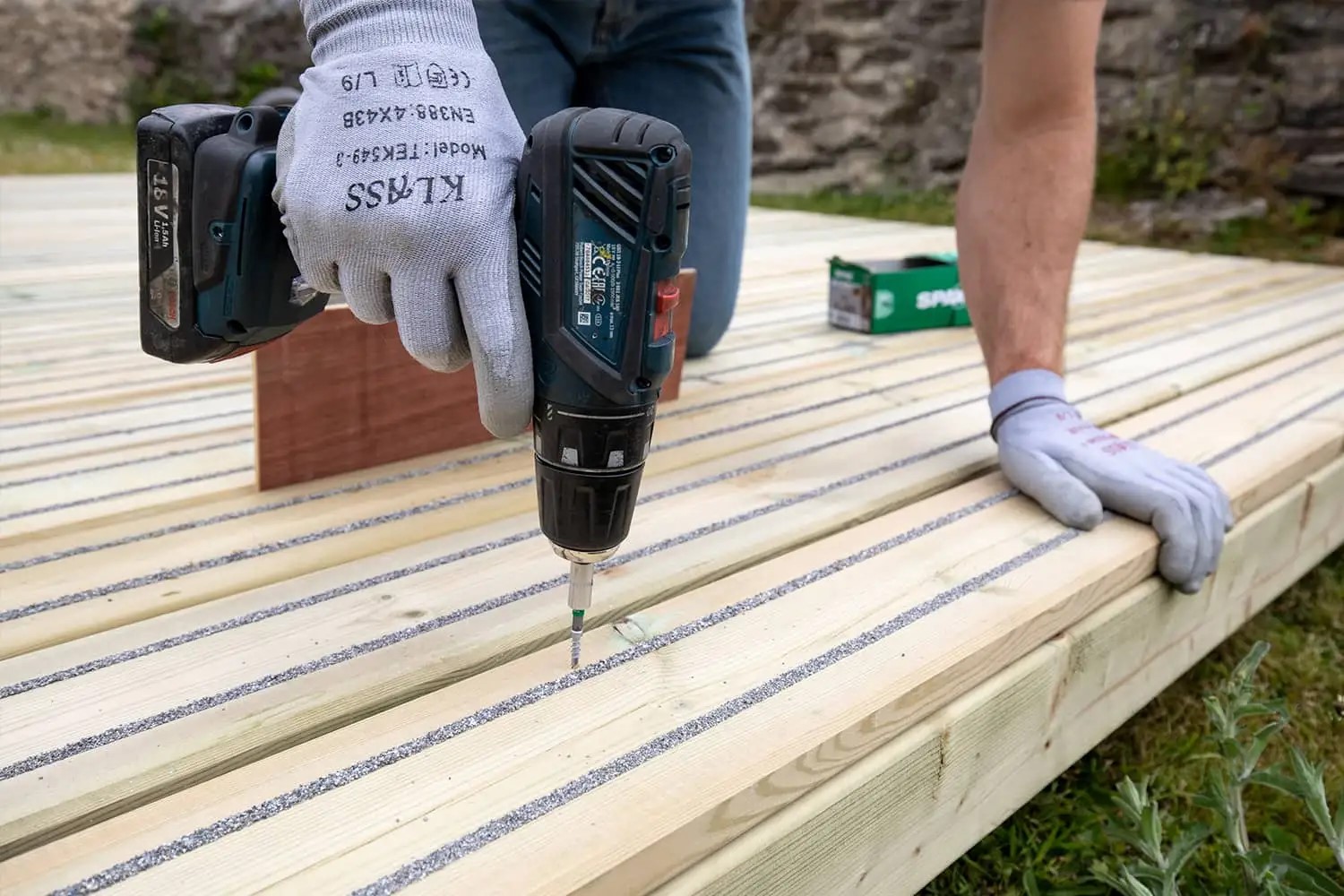
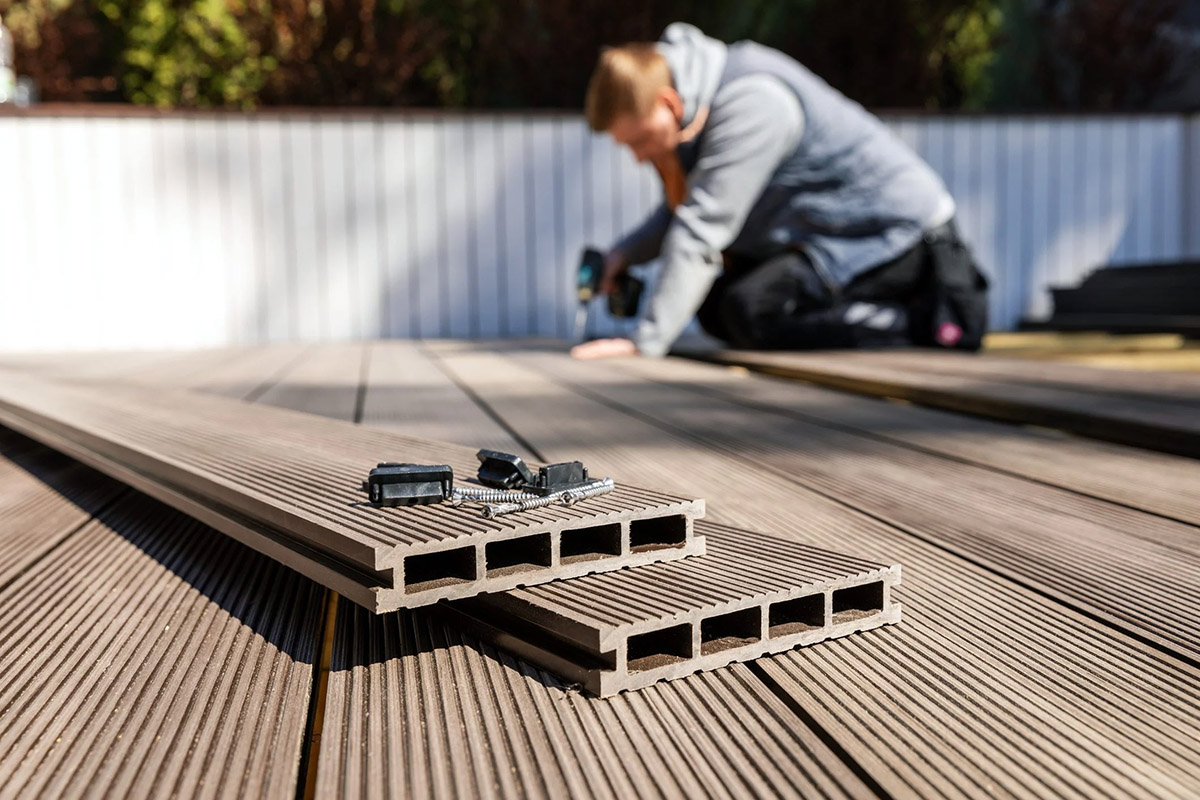
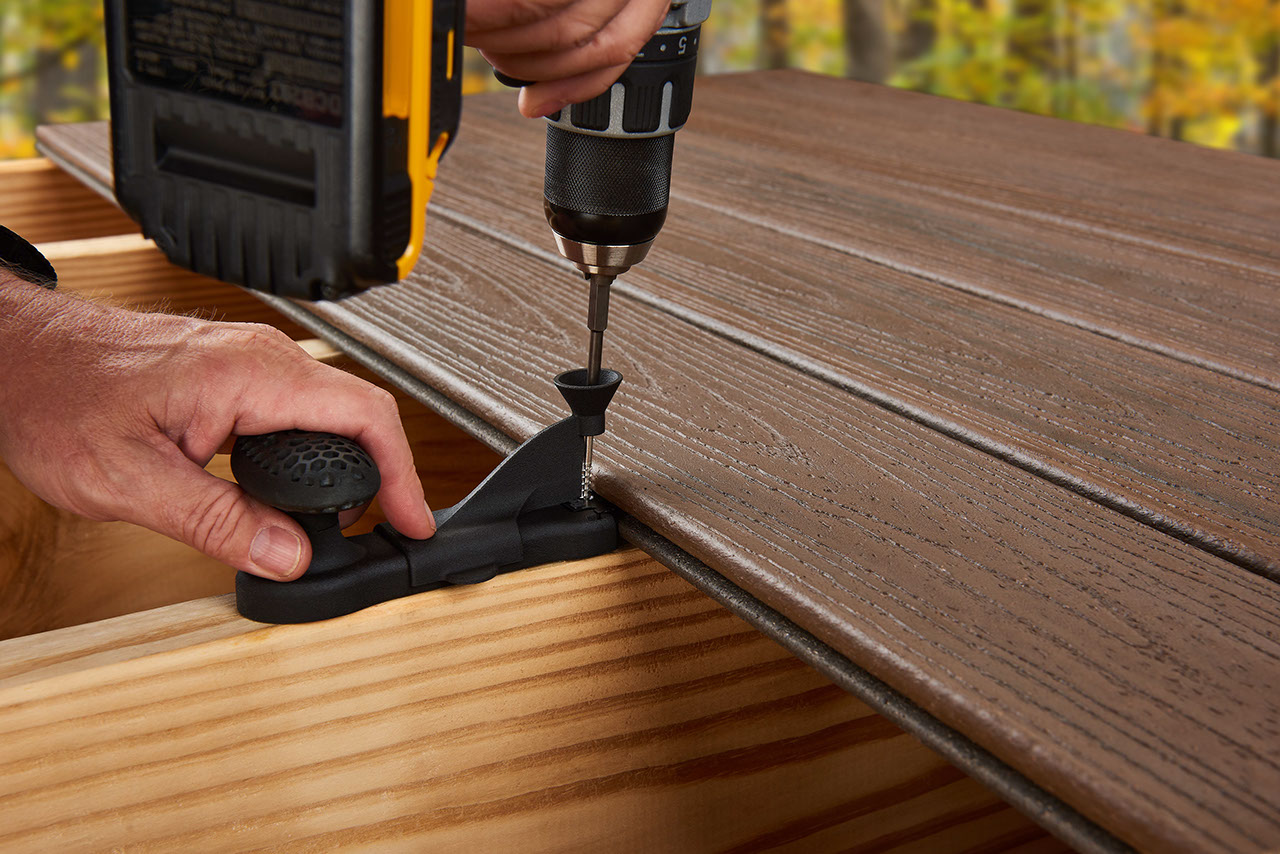
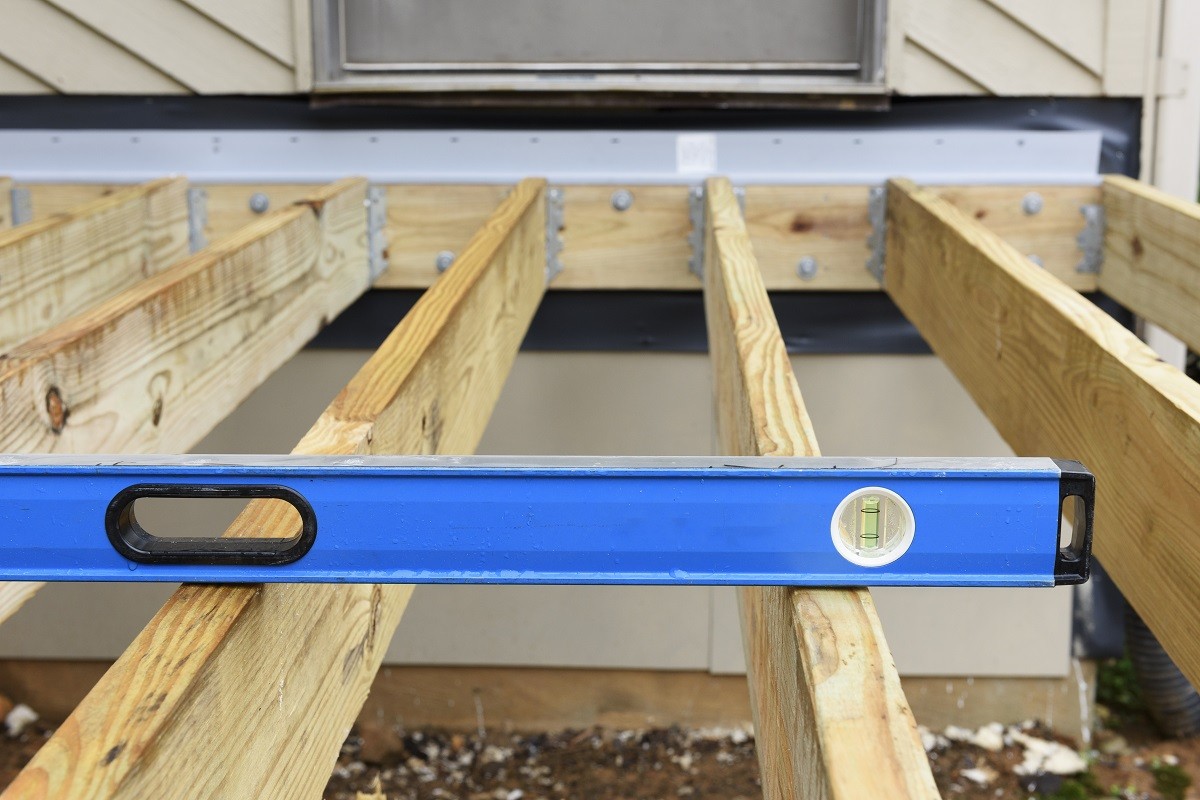

0 thoughts on “How Far Apart Should Joists Be For Composite Decking”